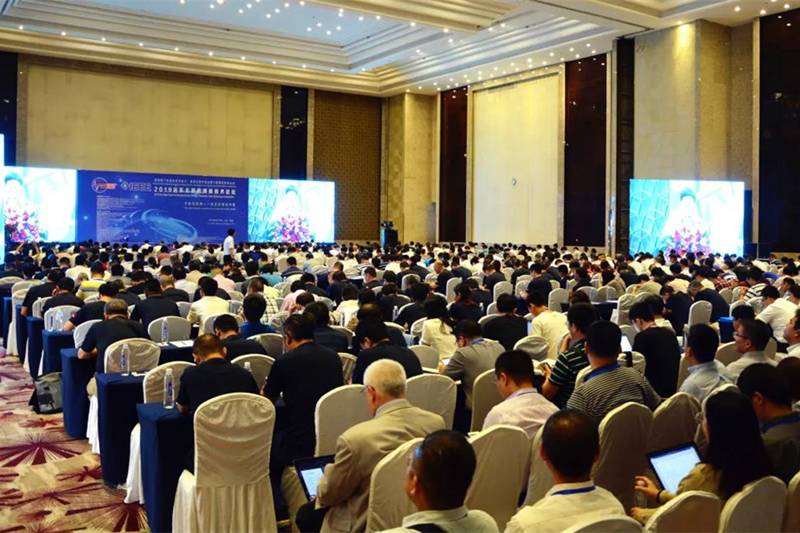Nondestructive testing (NDT) dates back to the late-1800s, to the railroad industry. The “Oil and Whiting” method of crack detection was used to find damage in heavy steel parts. It was a simple yet effective test involving soaking the steel in oil, painting it white, allowing it to dry and then observing for brown marks that indicated a crack.

NDT has come a long way over the last 200 years. Using the very latest in science and technology it can now help towards ensuring the safety and efficiency of materials, components and systems, across multiple industries. Because it is a non-invasive technique, it is seen as the gold standard in evaluating new and in-situ items.
What is NDT?
Firstly, let’s define NDT or nondestructive evaluation (NDE) as it is sometimes called. It is a variety of methods by which an item is tested in such a way as to determine its compliance with a code or standard, or that it is still in a condition fit for its service. It can test new constructions and manufacturing and is also used to monitor the condition of materials or components that are in-service. Importantly, the main benefit of NDT is that the item can continue to be used once the testing is complete and it is deemed to have passed the inspection. In some cases, the item can be tested while in operation.
The ways in which NDT is used are diverse and compatible across a range of disciplines. Examples include: radiographing a weld to check that its imperfections are acceptable to the manufacturing standard; using ultrasound to measure the thickness of a ship’s hull plates; testing with an eddy current that a diver’s air cylinder has not suffered fatigue damage; and the use of a dye penetrant on an aluminum bicycle frame to ensure the joints are sound.
Who Can Perform NDT?
Now we have an idea of what NDT is and where it can be found, we should look at who can perform it. The answer is of course, a competent and qualified person. Competency is achieved by a combination of experience and appropriate instruction or training at a level certified as acceptable.
In general, the NDT industry has two common processes that define the qualifying requirements. One follows the International Standard of ISO 9712. This is a third-party scheme and once a technician has achieved the required experience and training, they are assessed by a body approved by the relevant nation’s regulatory authority. When the technician passes the theoretical and practical exams they become certified. Their employer then carries out job specific training, and upon successful completion of this they approve the technician to apply the NDT method(s) they have proved competent in. There are other schemes specific to industries, such as NAS 410 or EN 4179 in aerospace.
The other system follows the recommended practice SNT-TC-1a published by the American Society of Nondestructive Testing (ASNT). This is a second party scheme where the employer directly trains and examines the technician who works for them and thereby approves their competency to apply the method(s), as appropriate. Of course, the employer has to be competent to do this, so a Level III NDT professional will take care of the technical requirements. This person could be an employee or an appointed external body, specializing in this process.
NDT is set to become even more important in the future as the emphasis on safety and prevention of damage to the environment through loss of containment continues across all industries and within society as a whole. With new technological solutions and advances in techniques always coming to fruition, it is an exciting and interesting time to be an NDT technician.
-
 Sales@hata-ndt.com
Sales@hata-ndt.com -
 0086-0371-86172891
0086-0371-86172891










